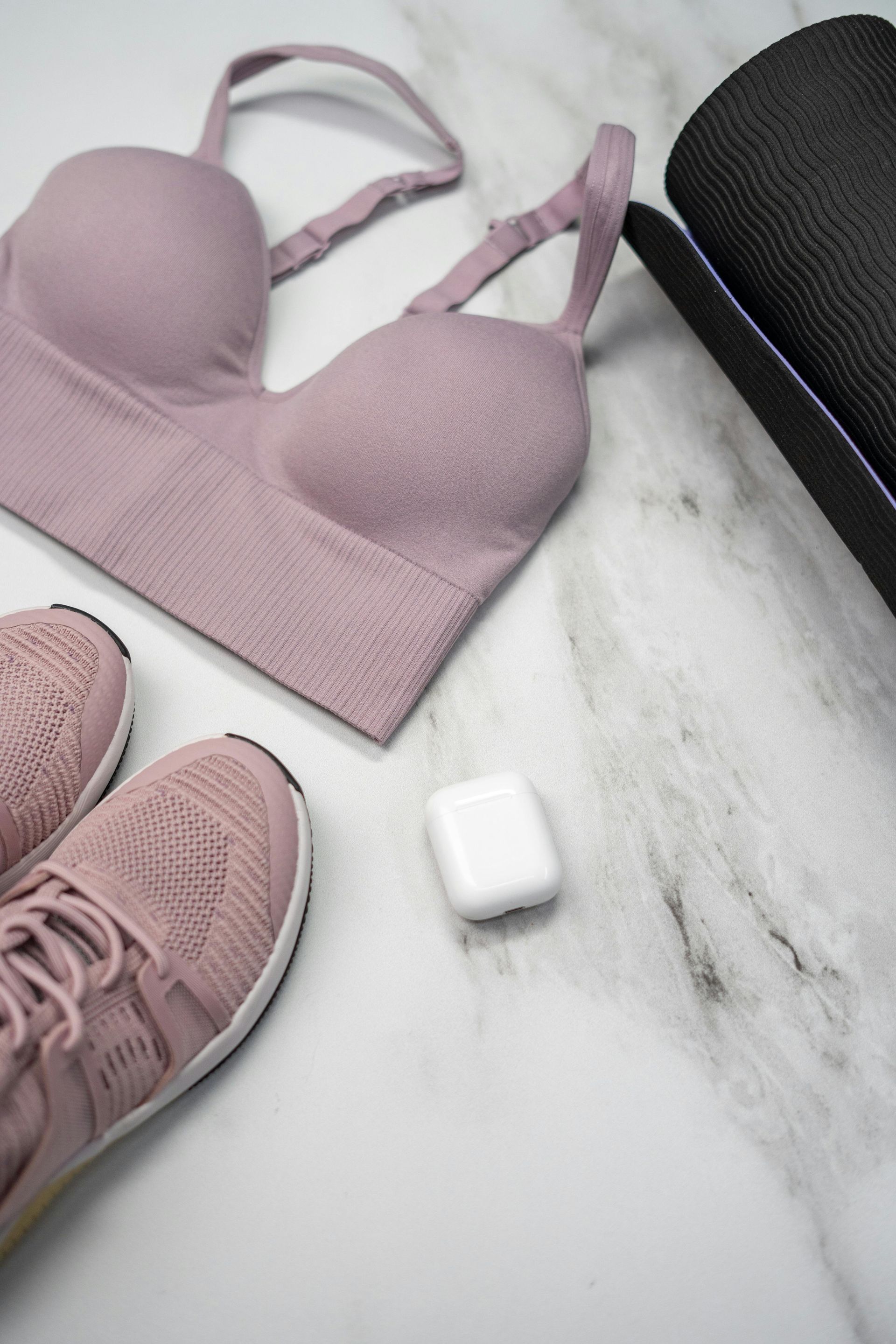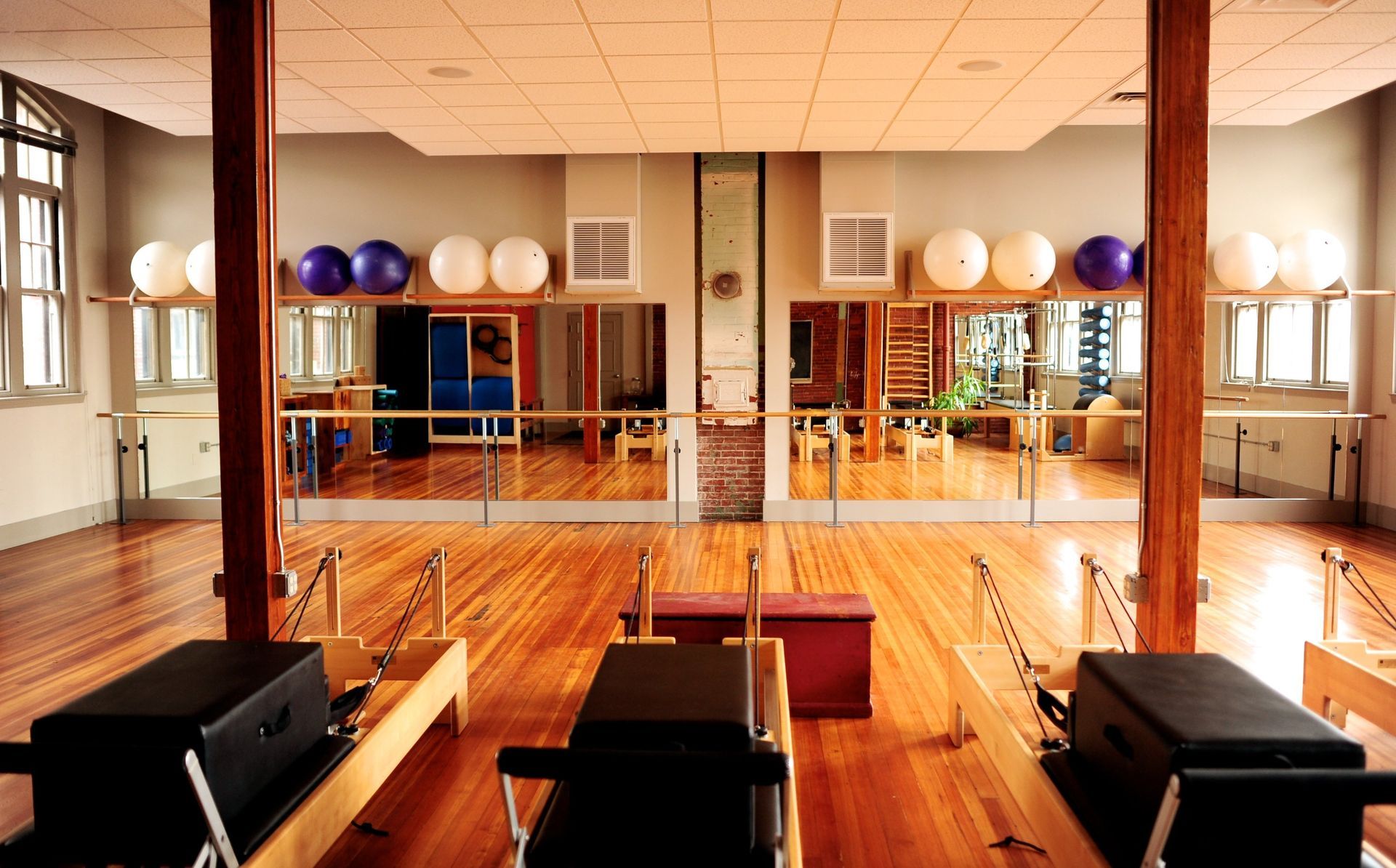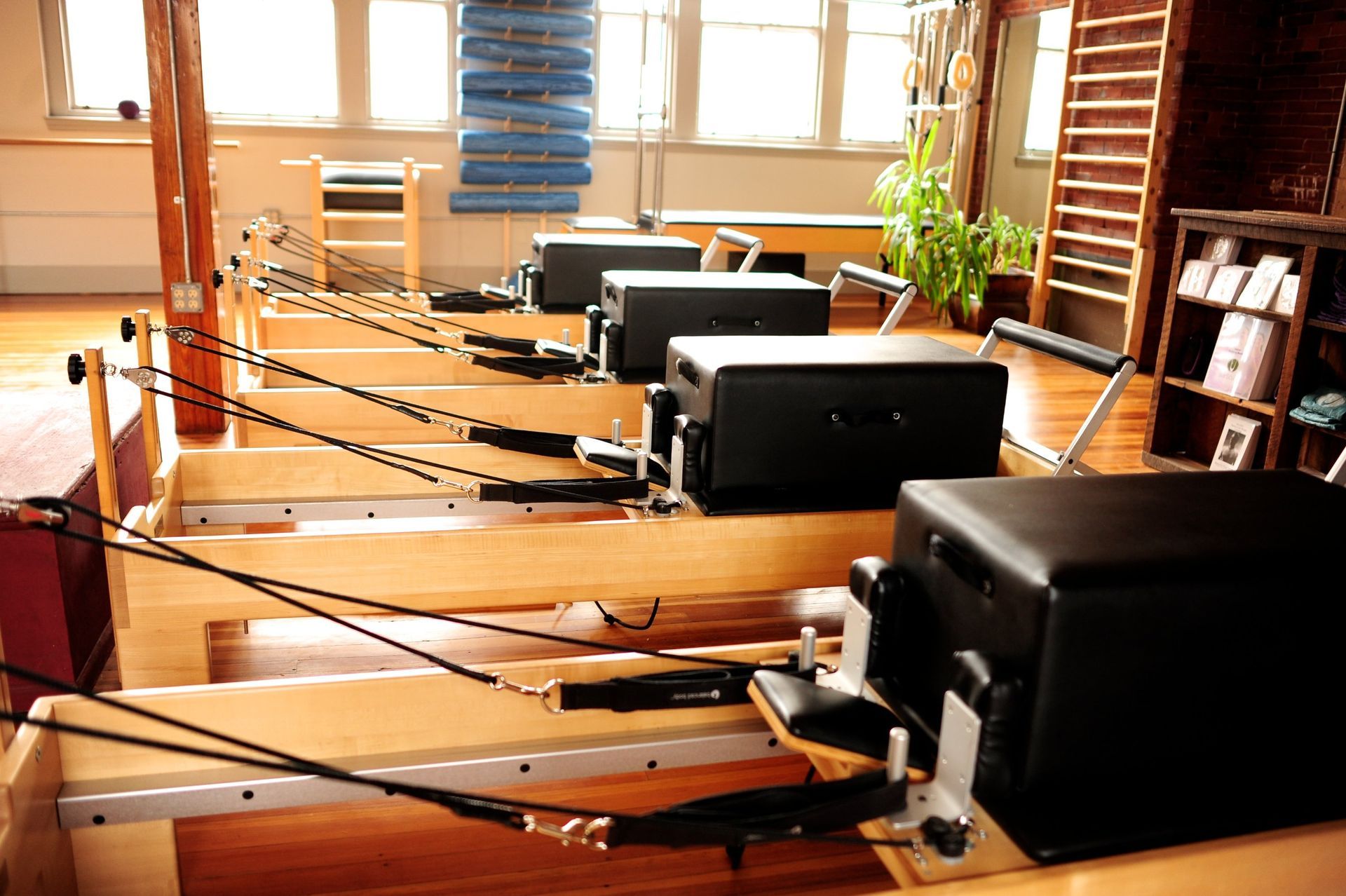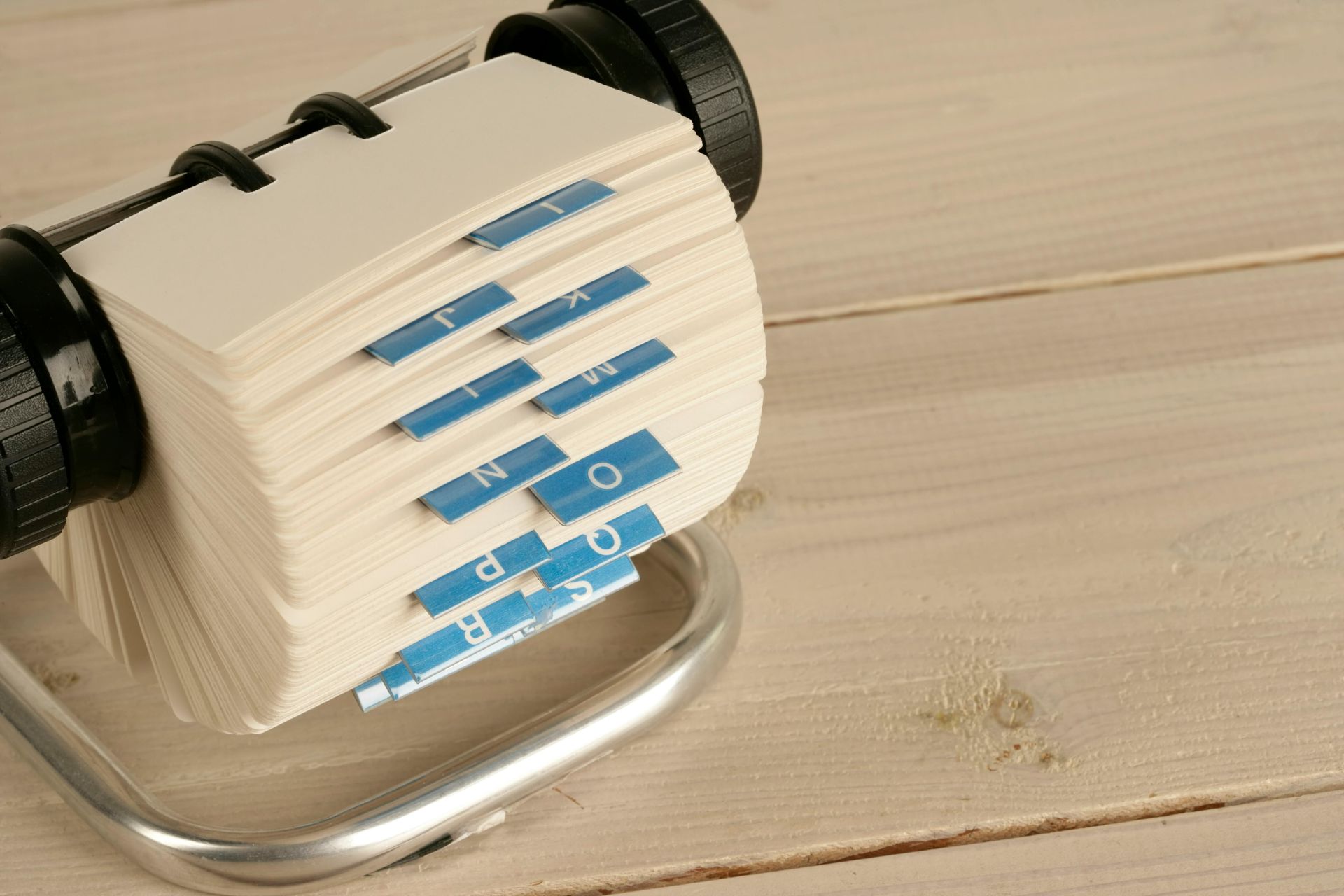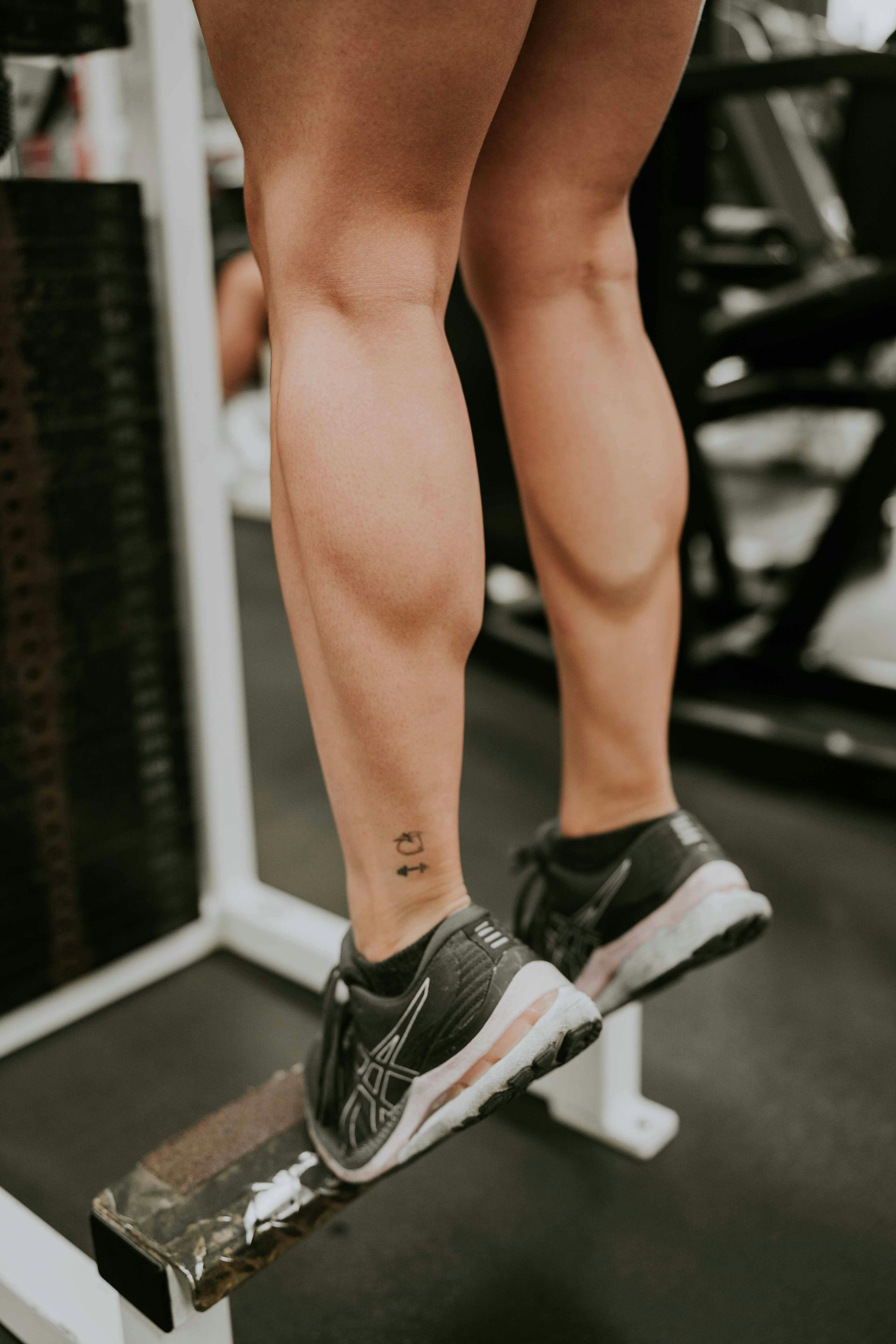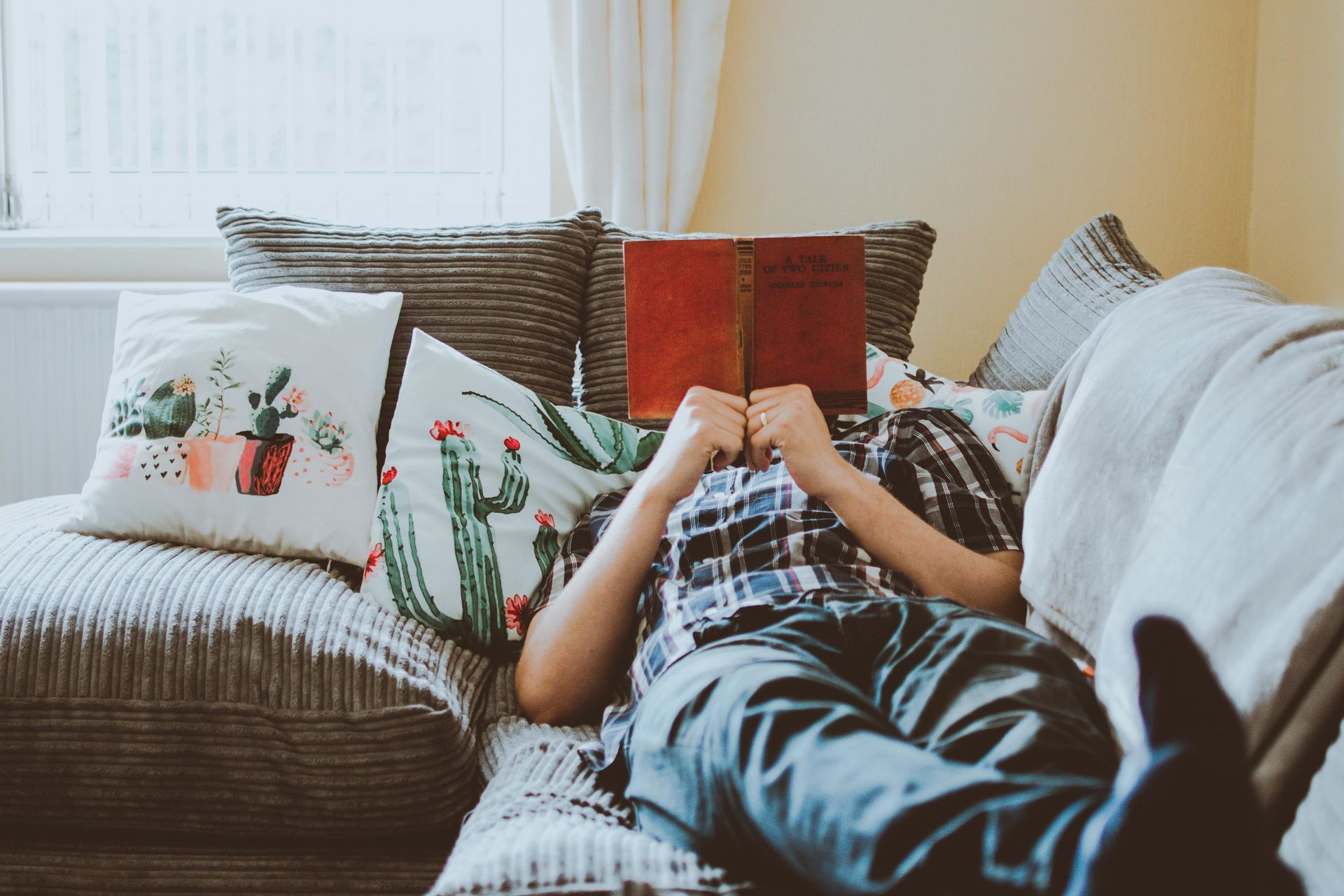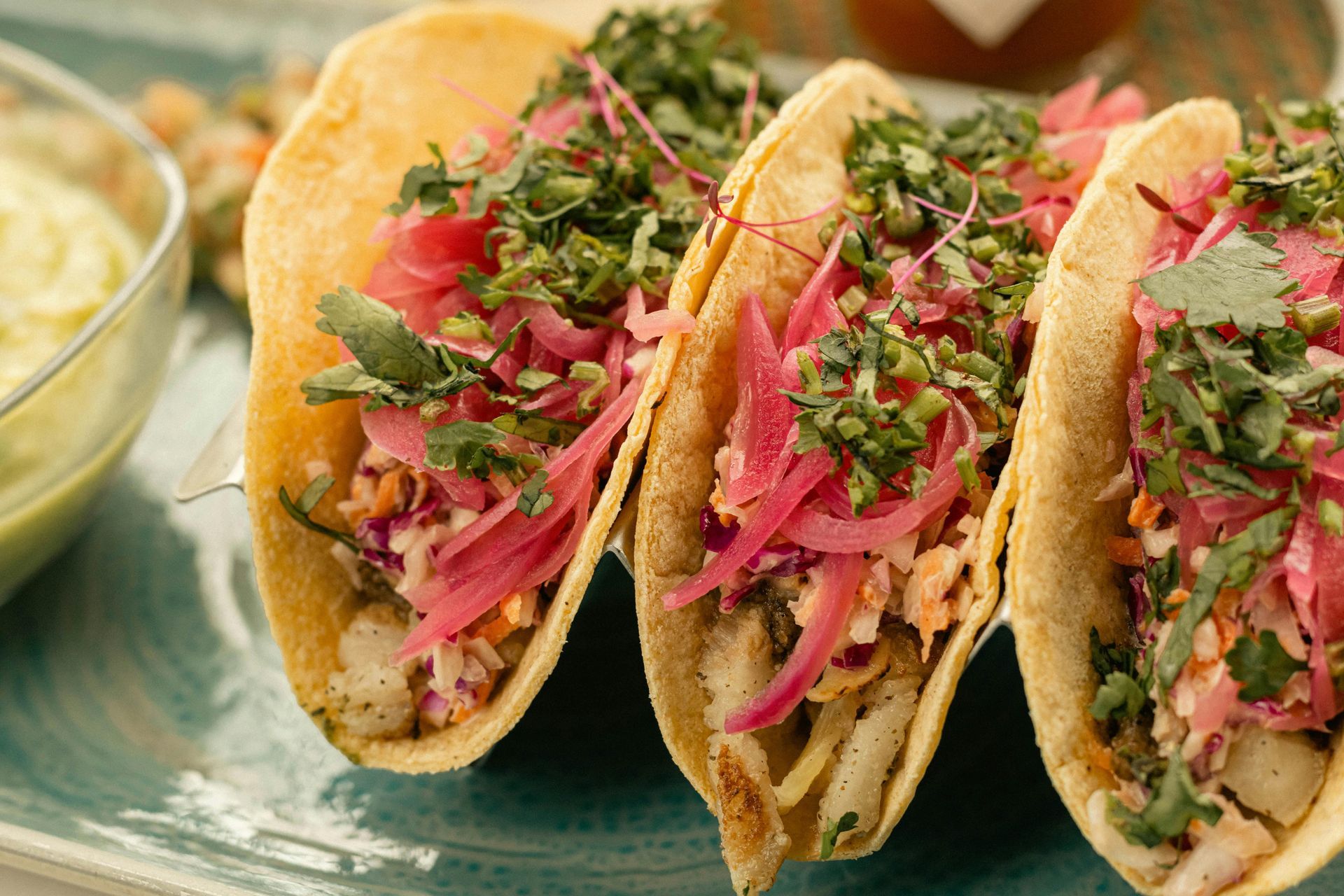Modify Exercises as needed!
It’s About Progression, Not Perfection
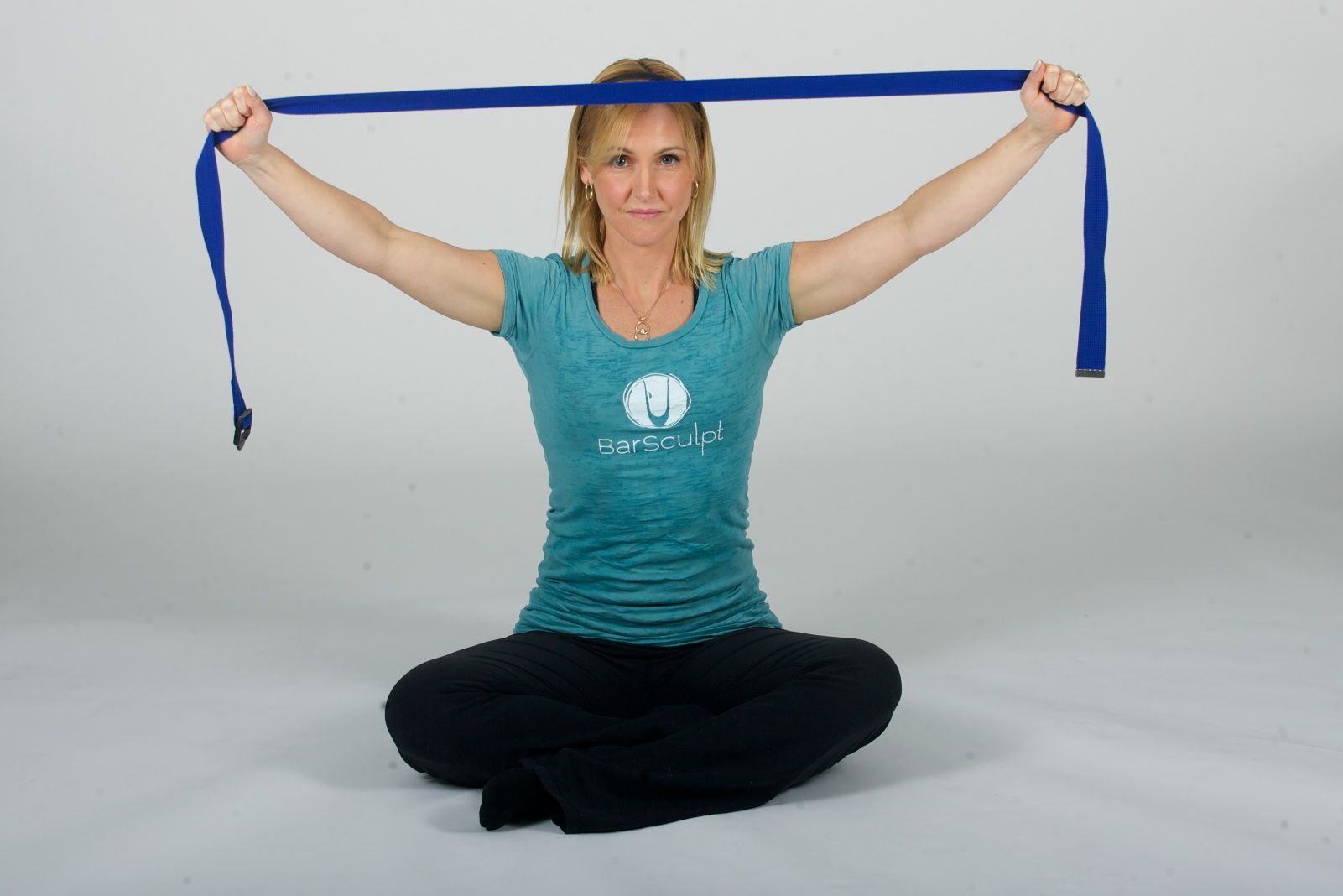
How Barre and Pilates Teachers Can Use Stacking and Layering to Empower Clients
In group fitness, one of the most common questions instructors ask themselves is: “How do I teach a room full of people with different bodies, strengths, and experience levels—all at the same time?”
It doesn’t matter whether you’re leading a Pilates mat class or guiding clients through a Barre workout—the challenge is the same. Some clients will be brand new, just trying to find their balance, while others might be former dancers or longtime practitioners who crave intensity.
The solution isn’t to aim for perfection, nor is it to race to the hardest version of every exercise. Instead, the key is progression: creating a pathway where each client can safely and confidently find their version of success.
One of the most powerful ways to deliver this in class is through stacking—a method where you begin with a foundational exercise and gradually layer in options that increase the challenge. Clients can stop at the level that feels right for their bodies that day. The beauty of this approach is that it gives everyone ownership of their workout, without pressure to keep up or compete.
Let’s explore why “progression, not perfection” matters, how stacking works, and why Barre and Pilates are the perfect homes for this teaching philosophy.
Progression Over Perfection
Both Pilates and Barre were designed with progression at their core. Joseph Pilates’ mat repertoire builds from simple spinal movements into advanced exercises like the Teaser. Barre classes move from small isometric holds to larger dynamic combinations. Yet in the modern fitness landscape, it’s easy to lose sight of progression.
Instructors sometimes feel pressured to “deliver a burn” or showcase the hardest variation of a move. Clients may compare themselves to others and chase the most dramatic expression of an exercise. But perfection—whether it looks like a picture-perfect teaser, or holding a pretzel variation without shaking—was never the point.
Progression develops strength, control, and body awareness. Perfection is an illusion. Bodies are different. Life stages are different. Injuries, energy levels, and even the time of day impact how a movement feels. What matters most is building the tools step by step.
This is where stacking shines.
What is Stacking?
Stacking is the practice of layering difficulty on top of a foundation exercise. Think of it like building a house: first you lay the foundation, then you add the walls, then the roof. Each layer makes the structure more complete—but the foundation itself is already functional and valuable.
In fitness, stacking looks like this:
- Start with the base exercise. Example: A basic bridge in Pilates or a parallel thigh hold in Barre.
- Add the first layer. Maybe you add a squeeze of a ball, or introduce arm movement.
- Add the second layer. Now you might lift the heels, or extend one leg.
- Add the final layer. Combine the movements: single-leg bridge with arms overhead, or thigh hold with heels lifted and pulses.
At each stage, clients can choose whether to continue layering or hold steady. This creates a class where everyone is working at their challenge point, without anyone being left behind—or pushed too far.
Why Stacking Works in Mixed-Level Classes
1. It Meets Clients Where They Are
A brand-new participant may feel accomplished just performing the base exercise with good form. A seasoned client can move through multiple layers until they feel challenged. Both are working at their level, and both are progressing.
2. It Reduces Comparison
When taught well, stacking emphasizes choice rather than hierarchy. Clients learn that it’s not “better” to do the advanced version—it’s about finding the variation that supports their body in the moment.
3. It Builds Confidence
Clients who may never have attempted a teaser or pretzel variation feel empowered when they can stop at step two and still receive a complete workout. Progress becomes accessible, not intimidating.
4. It Keeps Advanced Clients Honest
Interestingly, many advanced participants never make it to the top layer because they’re genuinely working hard at the intermediate stage. They discover new weaknesses or imbalances that need attention. This proves that progression is valuable even when perfection isn’t reached.
The “Two Steps Back, One Step Forward” Approach
Another underused but invaluable teaching strategy in Barre and Pilates is what I call the “two steps back, one step forward” method.
When clients struggle with an exercise, the temptation is to either push harder or abandon it. Instead, guiding them backward to a simpler version, reestablishing form and breath, and then moving forward again often creates the breakthrough.
For example:
- If a client collapses in a teaser, bring them back to a half roll-back. Revisit the abdominal engagement. Then reattempt the teaser with fresh awareness.
- If a Barre client loses form in a standing pretzel, regress them to a seated pretzel. Once the alignment clicks, bring them back to the standing version.
This back-and-forth isn’t failure. It’s training. It reinforces the idea that learning is layered and cyclical. Just like life, progress is rarely linear.
Teaching Ownership of Movement
Stacking and regression strategies highlight a bigger message: clients own their movement.
As instructors, we provide the roadmap. We demonstrate the options. But ultimately, it’s the client’s choice how far they travel down the progression.
Encouraging clients to “choose their challenge” fosters autonomy. It shifts the goal away from external validation (looking like the instructor, or matching a peer) and toward internal validation (feeling strong, safe, and successful).
When a client realizes that they don’t need to perform the “full expression” of an exercise to reap its benefits, they learn to listen to their bodies more deeply. That’s the heart of both Pilates and Barre.
Practical Applications in Barre and Pilates
Let’s break down some examples of stacking in action:
Pilates
- Bridge → Bridge with ball squeeze → Bridge with heels lifted → Single-leg bridge with arms overhead.
- Hundred Prep → Halfway hold with bent knees → Pumping arms → Straight legs → Adding coordination (scissors or lowers).
- Roll-Up → Half roll-back → Roll-up with bent knees → Full roll-up → Roll-up with weights or tempo changes.
Barre
- Parallel Thigh Hold → Add small pulses → Lift heels → Add arm movement → Combine pulses with heels lifted and arms overhead.
- Standing Pretzel → Seated pretzel → Standing pretzel with support → Standing pretzel without support → Add pulses or arm choreography.
- Scooter → Small glute presses → Extend range → Add weights → Combine with balance challenge.
In each case, the progression is logical and accessible. Clients can stop at step one or two and still gain the intended strength and alignment benefits.
Why This Philosophy Matters Now
Modern fitness often glorifies intensity—longer planks, deeper squats, bigger lifts. But not every client needs or benefits from maximal challenge. In fact, many clients thrive most when they’re given permission not to max out.
Barre and Pilates are uniquely suited to teach this because both value alignment, control, and breath over brute force. By adopting stacking and regression as everyday teaching tools, we remind clients that:
- Strength is built gradually.
- Mastery comes from revisiting the basics.
- The advanced version is just one option—not the destination.
Bringing It Into Your Teaching
If you’re an instructor, here are a few ways to start using progression instead of perfection in your classes:
- Plan Progressions in Advance. Instead of programming 20 unique exercises, choose 10 and build them out into layered stacks.
- Cue Neutrality. Instead of saying “if you can, take the harder version,” try “option one is this, option two adds this, option three adds this—stop at the place that feels best today.”
- Celebrate All Levels. Acknowledge when someone holds the foundational move with great form—it’s just as praiseworthy as pushing into the advanced option.
- Model Regression. Show clients that you, too, sometimes choose the simpler version. This normalizes the idea that fitness is not a linear path.
- Use Class Energy as Your Guide. Sometimes the strongest person in the room doesn’t even want the final layer—they’re challenged enough already. Read the room and adapt.
Final Thoughts
“Modify exercises as needed; it’s about progression, not perfection.”
This principle isn’t just a teaching tool—it’s a philosophy that makes movement more inclusive, empowering, and effective. Barre and Pilates both thrive on the idea that quality matters more than quantity. By embracing stacking, regression, and the two-steps-back-one-step-forward approach, we give clients a sustainable path to growth.
